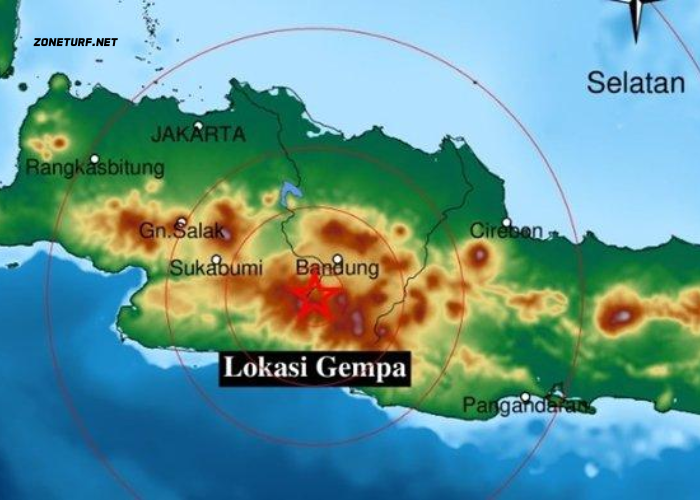In the vast archipelago of Indonesia, the ground beneath our feet is constantly in motion. As a nation situated along the Pacific Ring of Fire, Indonesia is no stranger to seismic activity. Gempa Hari Ini, which translates to earthquake today, is a phrase that often echoes through the country’s news outlets and social media. In this comprehensive guide, we will delve deep into the world of Indonesian earthquakes, exploring their causes, impacts, and the measures taken to mitigate their effects.
The Geology of Indonesia
Indonesia’s unique geological setting is responsible for its frequent earthquakes. The country straddles the meeting point of several tectonic plates, including the Eurasian Plate, Pacific Plate, Australian Plate, and the Philippine Sea Plate. The interaction of these plates results in tremendous geological stress, leading to earthquakes and volcanic activity.
The Mechanics of an Earthquake
To understand Gempa Hari Ini, it’s crucial to grasp the mechanics of an earthquake. We’ll delve into the concept of plate tectonics, the release of seismic energy, and the different types of faults responsible for earthquake generation. Understanding these basics will provide insight into why Indonesia experiences frequent tremors.
The Richter Scale and Earthquake Magnitude
One of the most common questions when an earthquake occurs is, How strong was it? We will explore the Richter scale, which quantifies earthquake magnitude, and the moment magnitude scale (Mw), a more modern and accurate measurement. These scales help us comprehend the power and potential impact of Gempa Hari Ini.
The Impact on Indonesia
Indonesia’s susceptibility to earthquakes has significant implications for its population, infrastructure, and environment. In this chapter, we will explore the consequences of earthquakes in terms of damage, casualties, and economic losses. Additionally, we’ll discuss notable historical earthquakes that have left lasting imprints on the nation.
Tsunamis and Earthquakes
Earthquakes in Indonesia can trigger tsunamis, which often compound the devastation. This chapter delves into the science behind tsunami generation, early warning systems, and the steps taken to protect coastal communities from these powerful waves.
Mitigating Earthquake Risks
Preparedness is key to minimizing the impact of Gempa Hari Ini. We will discuss Indonesia’s earthquake preparedness initiatives, including building codes, disaster response plans, and public education campaigns. Additionally, we’ll highlight the importance of international collaboration in disaster risk reduction.
Technology and Earthquake Monitoring
Advanced technology plays a crucial role in monitoring and predicting earthquakes. We will explore the tools and techniques used by scientists and seismologists to detect seismic activity, issue warnings, and study earthquake patterns.
Indonesia’s Earthquake Hotspots
Not all regions of Indonesia experience earthquakes to the same extent. This chapter will pinpoint the country’s earthquake hotspots and analyze the geological conditions that make these areas particularly prone to seismic activity.
Stories of Resilience
Amidst the challenges posed by frequent earthquakes, Indonesia’s people demonstrate remarkable resilience. We will share stories of communities that have come together to rebuild, adapt, and prepare for the next Gempa Hari Ini.
Conclusion
Gempa Hari In may remain a familiar phrase in Indonesia’s daily life, but with knowledge, preparedness, and a spirit of resilience, the nation continues to navigate the challenges posed by seismic activity. This comprehensive guide has shed light on the geological forces at play, the impact on society, and the steps taken to mitigate earthquake risks. As Indonesia moves forward, it does so with a deeper understanding of its dynamic relationship with the earth beneath its feet.


